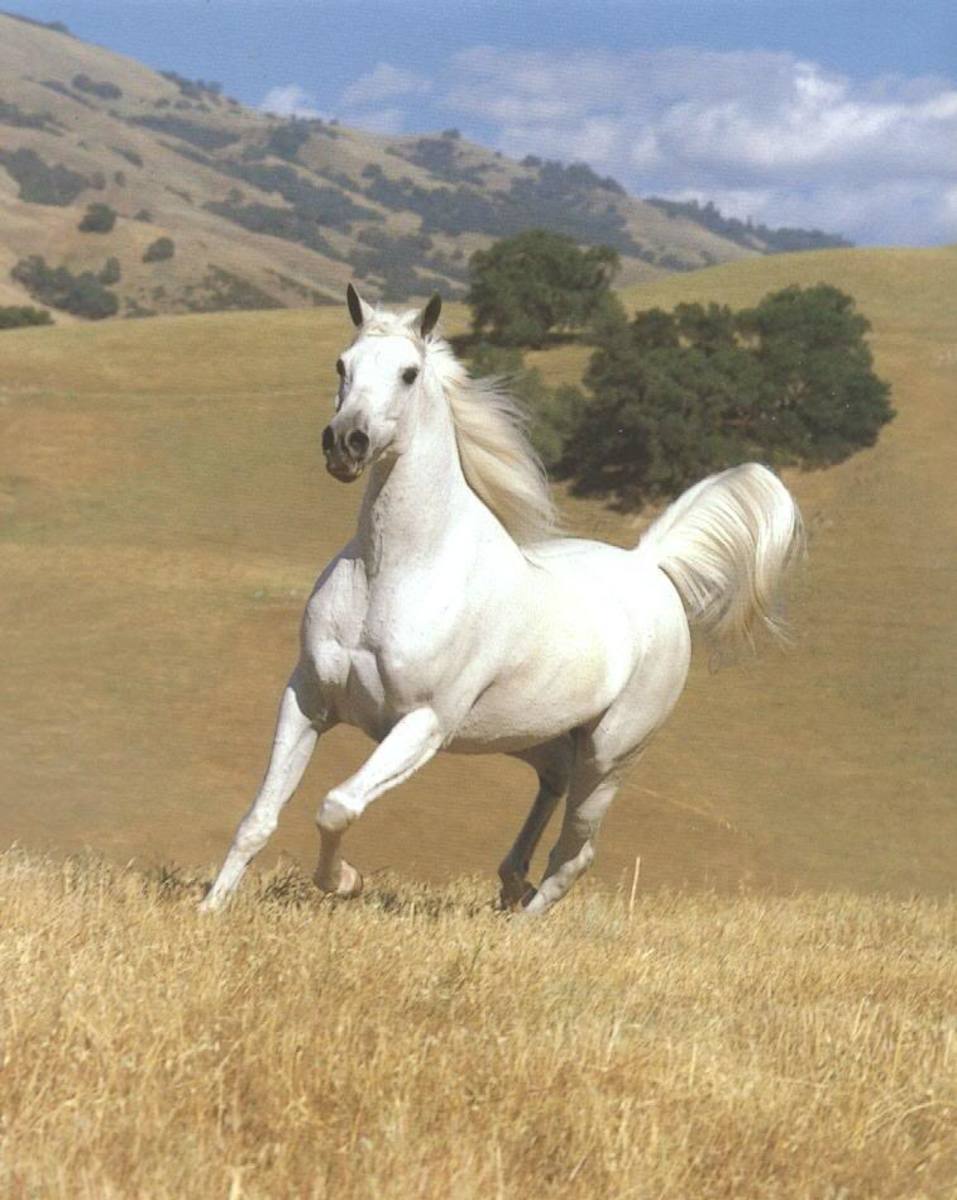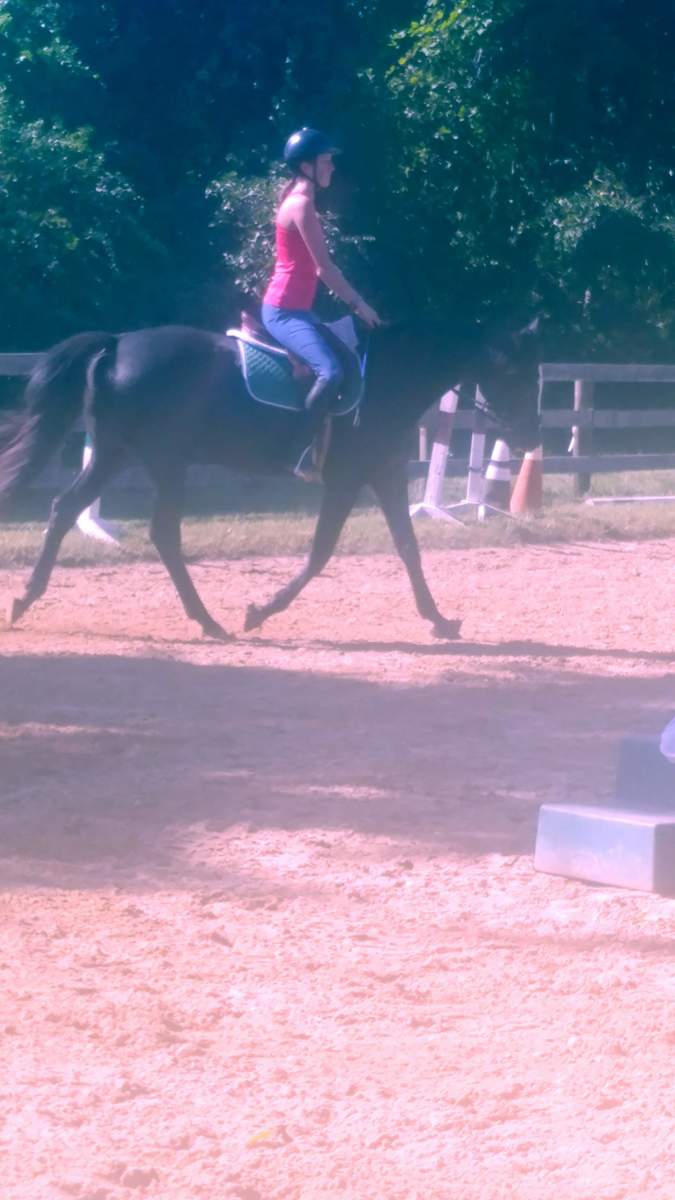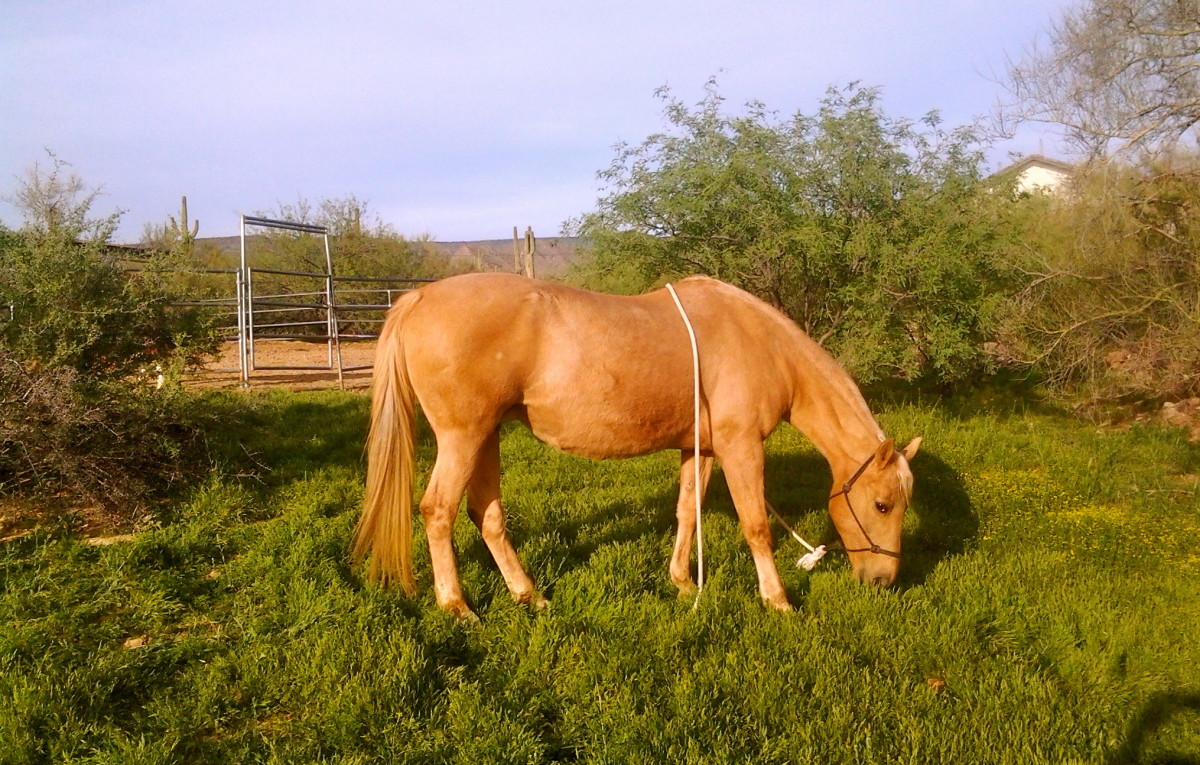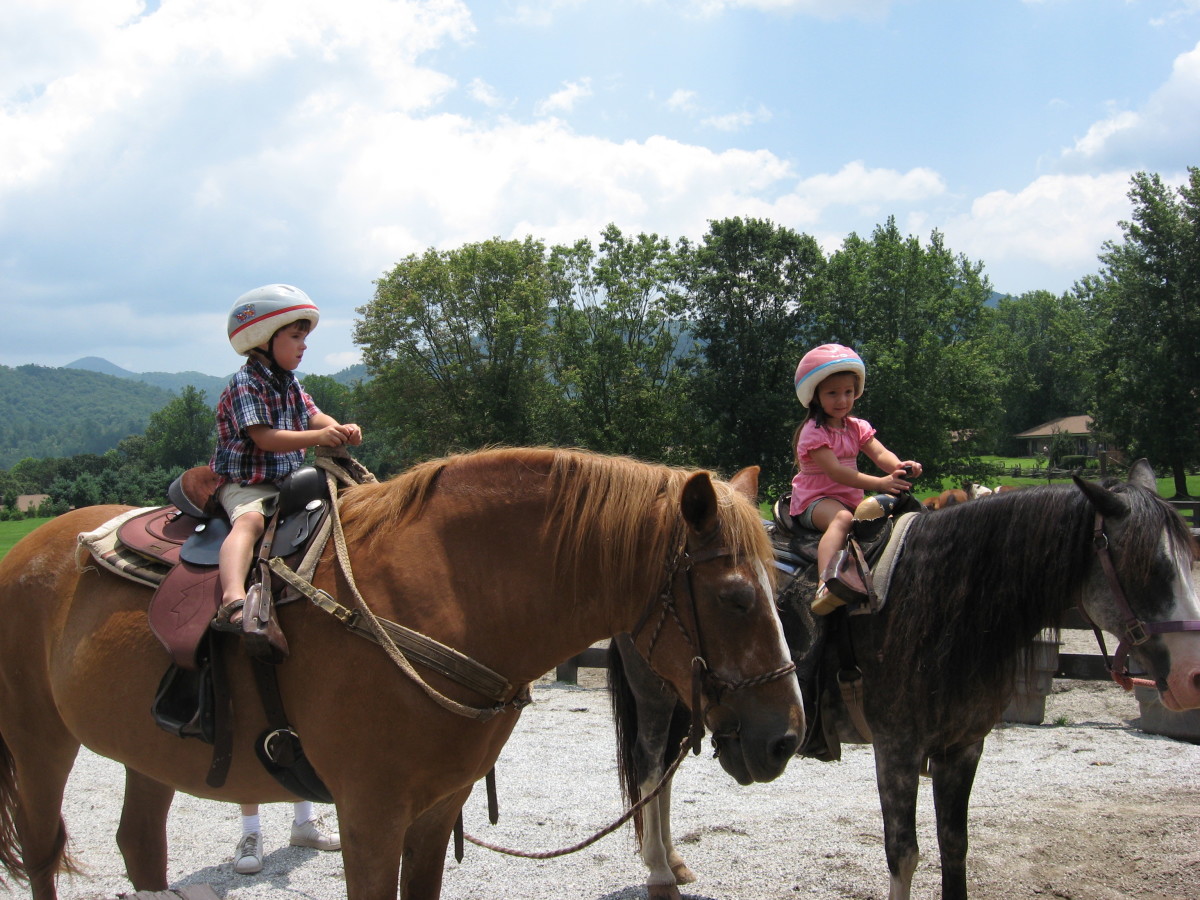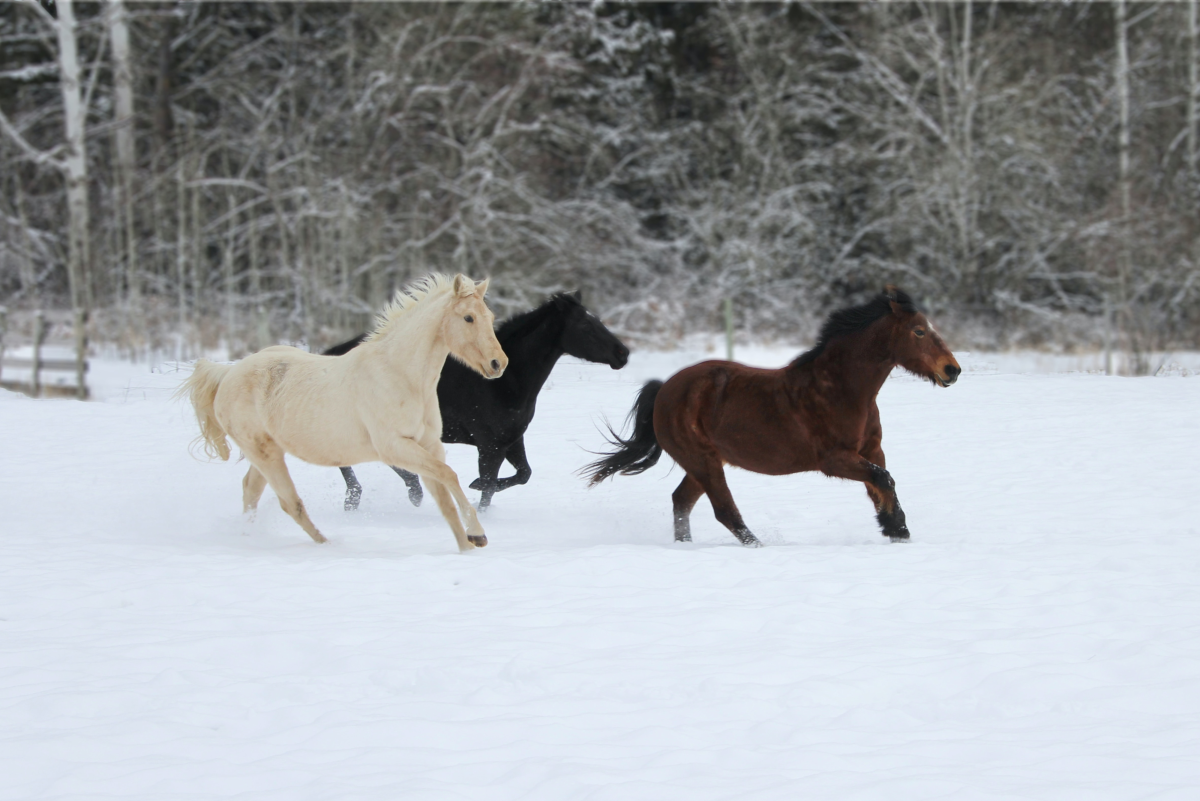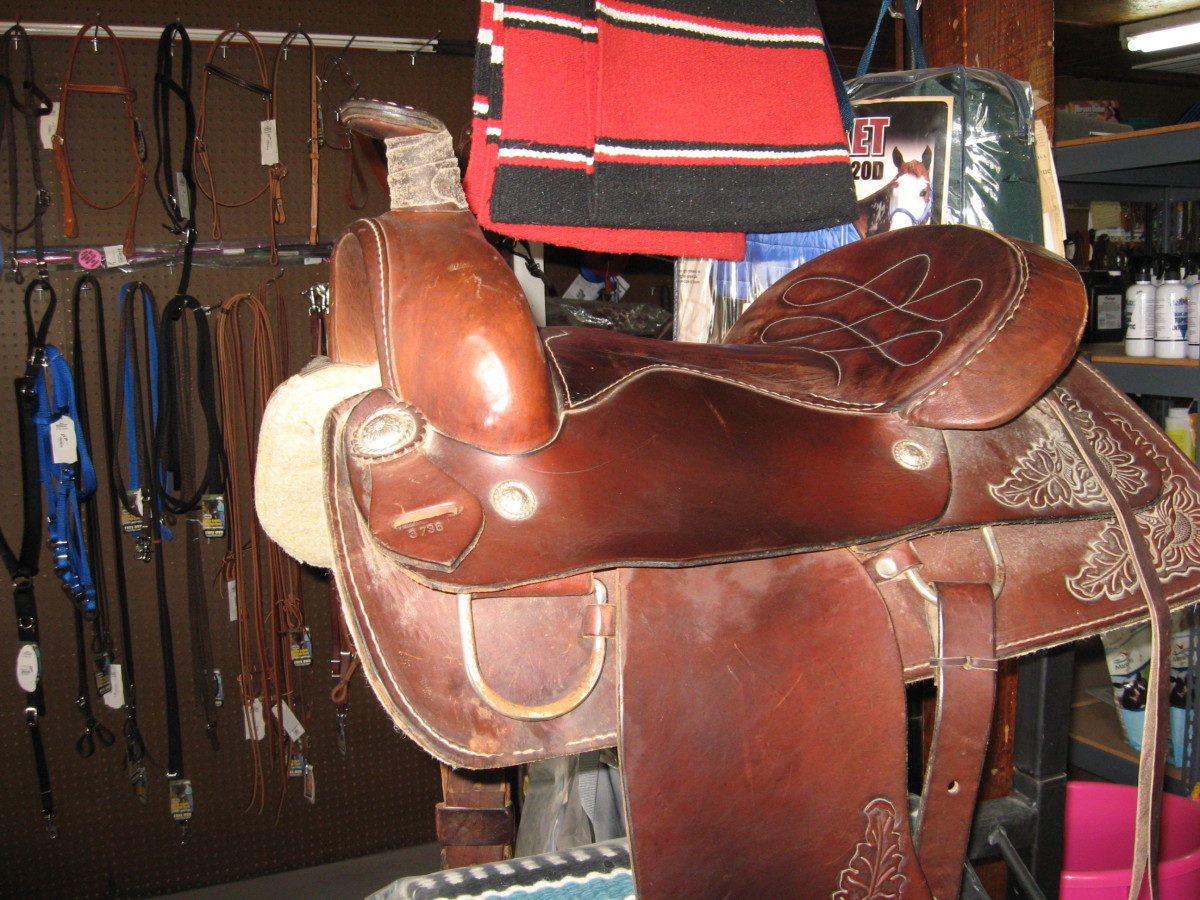How to Properly Restrain a Horse
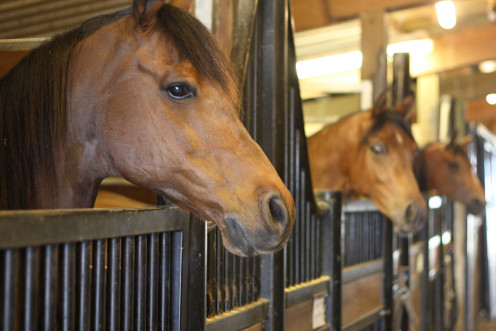
To properly restrain a horse, you must first understand the characteristic of a horse. Horses are able to hear with much more accuracy than we as humans can. This causes them to react to sound more intensely than we do. You must also keep in mind that horses can see so much better straight on and at farther distances. However, horses startle easily when they notice sudden movement so close to them.
Tips for Approaching a Horse
It is advised to make the horse aware that you are approaching without using loud noise or sudden movements. In fact, you should try to approach the horse from the front, a little to the left instead of directly from the side or the back. You should completely avoid a horse's blind spots. You could try to get the horses attention by talking softly or whistling.
Not all horses will simply let you approach them. Some will turn around to have their hindquarters face you. Beware if this happens, the horse is not happy with your approach and is positioning to kick with its hind legs. Still be on guard even if the horse doesn't turn. A horse can do just as much damage with its front legs as its back legs.
As you approach the horse, note whether or not the horse is moving away from you. If this occurs, stop approaching or even step back a couple of steps. You can continue to talk to the horse because it may become curious about you and even approach you. Offering a treat such as a carrot or some grain in your left hand may entice the horse to approach you as well. Then with your right hand, you can reach out to scratch its neck. You can even begin scratching its shoulders and sides using a firm smooth stroke. This allows the horse to get familiar with your presence.
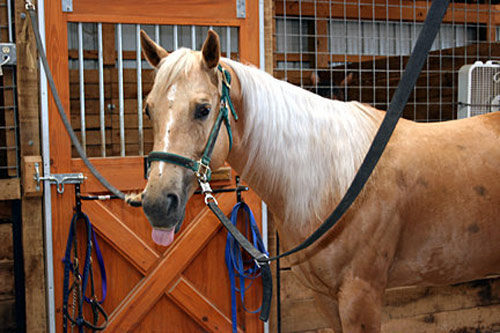
Restraining the Horse
A halter and a lead rope are required to restrain a horse. If the horse is already wearing a halter, you can attach a lead rope to it as you are allowing the horse to get used to your presence. If the horse isn't wearing a halter, you can use these steps to attach the halter.
Step One: As you stand to the left of the horse, get close to the horses neck.
Step Two: Slip your right arm over the horse's neck as you face forward. Grasp the halter with both hands under the head of the horse.
Step Three: Simply slip the halter on the horse over its nose.
Step Four: You can then attach the halter behind the horse's ears.
Many procedures can be done with the veterinarian technician simply holding the lead rope. Sometimes, however, the horse may need to be tied to something sturdy that is at least the horse's shoulder height or higher using cross-ties. The reason for this is due to the safety of the horse so that its legs won't get entangled in the rope. Be sure to tie horse from both sides of the halter using quick release snaps. If not available, you can use rope tying each side to a sturdy wall using a quick release knot as demonstrated in the video above. Remember that you should never leave a horse tied up. This could cause harm to the horse if it is spooked or tries to get away. Using quick release snaps or quick release knots will help ensure the horses safety if it decides to bolt as it won't get entangled in the restraints.
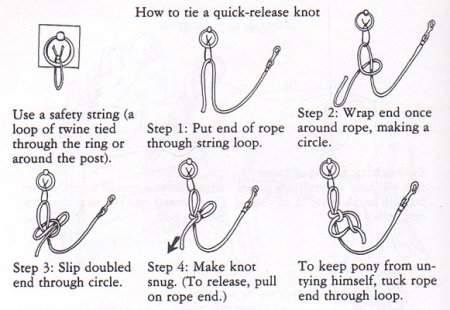
Horse Twitch
If the horse is still difficult to work with, your veterinarian may use a twitch. A twitch is a short, looped chain attached to a long wooden handle or two hinged metal handles that pinch and hold. The twitch is applied to the horse's upper lip and twisted snug. Using a twitch will stimulate the horse's nerves and generally makes the horse stay still.
Other Techniques
Another advanced technique involves tying up a horse's leg. Only experienced professionals should try this. Also if this technique is applied, it is usually done on soft ground in case the horse loses balance. Tying up a horse's leg prevents the horse from walking off.
Other devices are sometimes used during examinations. A cradle has wooden rods woven together and goes around the neck of the horse. A cradle prevents the horse from chewing itself. Another device is a wedge shaped device called a mouth gag. This prevents the horse from biting down during the mouth examination.
As you can see there are a variety of ways to restrain a horse. Some are simple that every horse owner should know, yet some techniques are better left to the veterinarian and the veterinarian technician. If you are present during the restraint, as a safety precaution, always stand on the same side as the veterinarian. If the horse bolts, it is generally away from the examiner. If you are on the other side, you may get hurt. It doesn't matter what technique is used, the safety of you and your horse takes top priority.
© 2015 L. Sarhan


